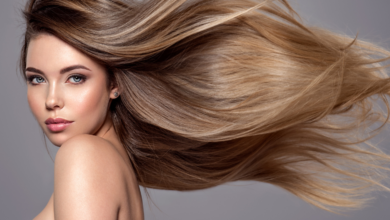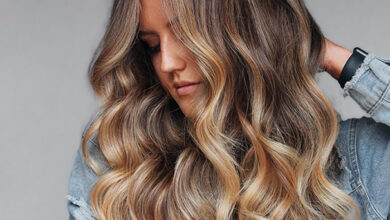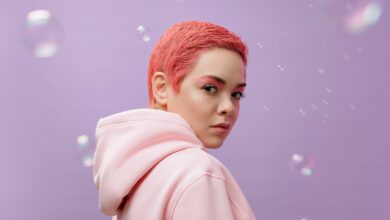
You’re in for a treat! Get ready to learn all about the stunning hair trend that has taken the world by storm – Balayage Basics: The Art of Sun-Kissed Strands. In this article, we will explore the ins and outs of balayage, a technique that creates a natural, sun-kissed look for your hair. From the process to the final result, you’ll discover everything you need to know to achieve that effortlessly beautiful, beachy vibe. So sit back, relax, and get ready to fall in love with the art of balayage!
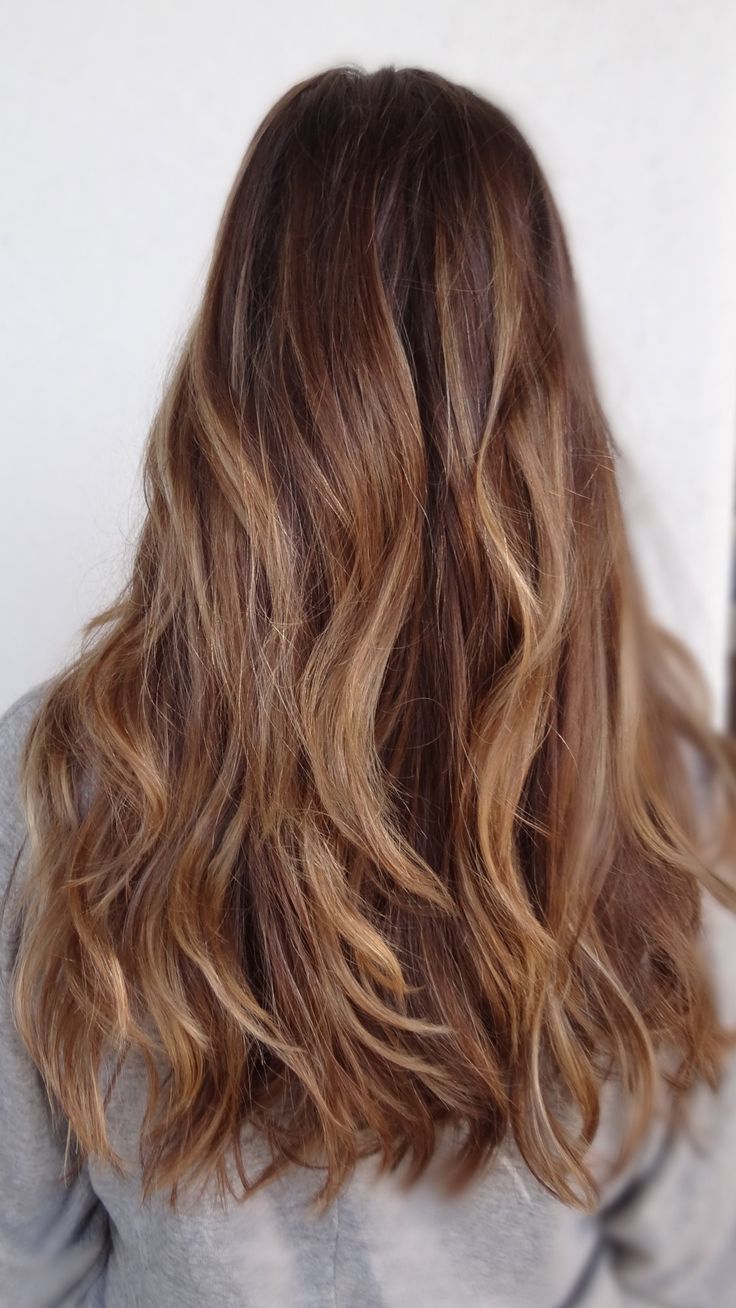
What is Balayage?
Definition
Balayage is a hair coloring technique that originated in France. The word “balayage” actually means “to sweep” in French, which perfectly describes the method used to apply the color. This technique involves painting the color onto the hair freehand, rather than using traditional foiling or cap methods. The result is a soft, sun-kissed effect that is unique to each individual.
History
Balayage has been around for several decades, but it gained significant popularity in the 1990s. It was introduced to the United States by French hairdressers and quickly became a hit among celebrities and fashionistas. Since then, it has become a staple in the world of hair coloring, with countless variations and interpretations. Balayage has stood the test of time and continues to be a beloved technique for achieving natural-looking, dimensional hair color.
Advantages of Balayage
Natural-looking
One of the main advantages of balayage is its ability to create a natural-looking hair color. Unlike traditional highlights, which can often appear too uniform and stark against the base color, balayage expertly blends different tones and shades for a more seamless result. The hand-painted application allows for a softer transition between colors, mimicking the way the sun naturally lightens hair over time.
Low-maintenance
Another major advantage of balayage is its low-maintenance nature. Since the color is applied strategically and selectively, it grows out beautifully without leaving any harsh regrowth lines. This means less frequent touch-ups are needed, saving you time and money in the long run. Balayage allows you to embrace a more lived-in look, where the color gradually fades and blends with your natural hair color.
Versatile
Balayage is a highly versatile technique that can be used to achieve a wide range of looks. Whether you’re after a subtle, sun-kissed effect or bold, dramatic highlights, balayage can be tailored to suit your desired outcome. Additionally, balayage works on all hair lengths and textures, making it accessible to everyone. Your colorist can customize the placement and intensity of the color to best enhance your haircut and features.
Choosing the Right Balayage Technique
Full Balayage
A full balayage involves coloring the majority, if not all, of your hair. This technique is ideal if you want a total transformation or if you have a solid base color that you want to break up with lighter tones. Full balayage creates a seamless blend of colors throughout your hair, resulting in a multidimensional and striking look.
Partial Balayage
If you prefer a more subtle and natural-looking result, a partial balayage might be the right choice for you. This technique focuses on adding touches of color to specific sections or layers of your hair, rather than coloring the entire head. Partial balayage is a great option if you want to enhance your natural hair color or add dimension to certain areas, such as around the face or through the ends.
Face-Framing Balayage
For those who want to draw attention to their facial features and create a framing effect, face-framing balayage is the way to go. This technique involves applying color strategically to the sections of hair that frame the face, highlighting and brightening the complexion. Face-framing balayage can be customized to suit different face shapes and skin tones, adding a touch of freshness and radiance to your overall look.

Preparing for Balayage
Finding a Professional
To achieve the best results with balayage, it’s essential to find a professional colorist who specializes in this technique. Look for someone who has experience and a portfolio of balayage work to ensure they have the skills and expertise needed. Seek recommendations from friends, family, or hairstylists, and don’t hesitate to schedule consultations with different colorists to find the right fit for you.
Consultation
Before diving into the balayage process, it’s crucial to have a thorough consultation with your chosen colorist. This is your opportunity to discuss your desired outcome, show inspiration photos, and ask any questions you may have. Your colorist will assess your natural hair color, texture, and lifestyle to determine the best approach for your specific needs. This dialogue ensures that both you and your colorist are on the same page before moving forward.
Color Patch Test
A color patch test is often required before any hair coloring service, including balayage. This test involves applying a small amount of the hair color product to your skin, typically behind your ear or on your inner arm. It checks for allergic reactions or sensitivities to the coloring products. Your colorist will usually recommend doing this test at least 24 hours before your scheduled appointment to ensure your safety and avoid any unpleasant reactions.
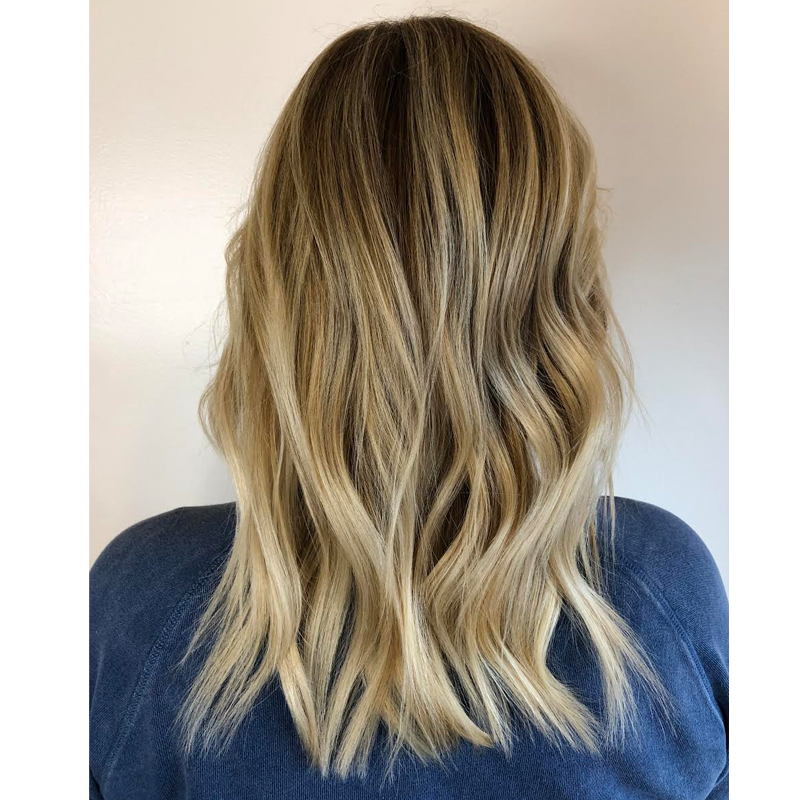
How to Communicate with Your Colorist
Bring Inspiration Photos
Visual aids are incredibly helpful when communicating with your colorist. Before your balayage appointment, gather inspiration photos that showcase the colors and effects you desire. These can be found in magazines, on social media, or even from previous balayage transformations. By sharing these images, you provide your colorist with a clear visual reference, allowing them to understand your vision and tailor the balayage technique accordingly.
Discuss Desired Results
During your consultation, make sure to discuss in detail what you want to achieve with your balayage. Talk about any specific colors, tones, or highlights you’d like to see, as well as any concerns or limitations you may have. Your colorist can offer valuable insights and recommendations based on their expertise, ensuring that you both have a thorough understanding of the desired results.
Express Concerns or Limitations
Communication is key when it comes to achieving your desired balayage look. If you have any concerns or limitations, such as preexisting color treatments, hair damage, or desired color longevity, it’s important to express them to your colorist. They can work with you to find solutions and make adjustments to ensure that your hair remains healthy and that your balayage lasts as long as possible.
Balayage vs. Traditional Highlights
Application Process
One of the main differences between balayage and traditional highlights is the application process. Balayage is a freehand technique, where the colorist paints the color onto the hair using sweeping motions. This allows for a more customized and natural-looking result. Traditional highlights, on the other hand, typically use foils or caps to section off and lighten specific strands of hair. This can create a more uniform and defined appearance.
Maintenance
Balayage requires less maintenance compared to traditional highlights. Since balayage is applied in a way that blends seamlessly with the natural hair color, there are no harsh regrowth lines to worry about. This means you can go longer between touch-ups, saving you time and money in the long run. Traditional highlights, on the other hand, typically require more frequent visits to the salon to maintain the desired look.
Overall Look
The overall look of balayage and traditional highlights can be quite different. Balayage creates a softer and more natural effect, with the color gradually fading from the roots to the ends. This mimics the way the sun naturally lightens the hair, resulting in a sun-kissed and effortless appearance. Traditional highlights can be more defined and uniform, with distinct sections of lightened hair against a darker base color.
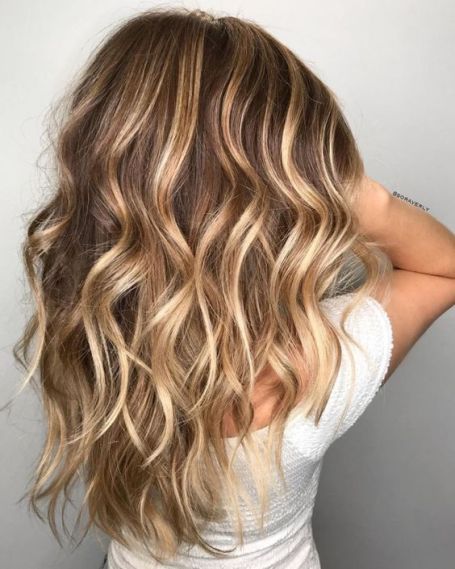
The Balayage Process
Sectioning the Hair
Before applying the color, your colorist will section your hair to make the application process more precise. They will divide your hair into manageable sections, usually using hair clips or elastics. This allows them to work methodically and evenly throughout your hair, ensuring that the color is applied exactly where it needs to be.
Applying the Color
Once the hair is sectioned, your colorist will begin applying the color using a paintbrush or their hands. They will strategically place the color on the surface of the hair, focusing on the areas where light would naturally hit. The goal is to create a multidimensional effect, adding depth and dimension to the hair. Each section of hair will be painted individually, allowing for customized placement and intensity.
Processing Time
After the color is applied, it needs time to develop and work its magic. The processing time will vary depending on the desired result and the products used. Your colorist will monitor the color closely to ensure it reaches the desired level of lightness without causing any damage. Once the processing time is complete, the color will be rinsed out, and your hair will be conditioned and styled to reveal your stunning balayage.
Aftercare for Balayage
Using Color-Safe Products
To maintain the vibrancy and longevity of your balayage, it’s essential to use color-safe hair products. Regular shampoos and conditioners can strip the color and cause it to fade prematurely. Look for products specifically designed for color-treated hair, as they are formulated to be gentle and nourishing without compromising the color. Additionally, consider using a color-protecting leave-in treatment or serum to further enhance the vibrancy of your balayage.
Regular Conditioning
Balayage, like any other hair coloring process, can cause some damage and dryness to the hair. To combat this, it’s crucial to regularly condition your hair to keep it healthy and hydrated. Deep conditioning treatments or hair masks can be particularly beneficial for nourishing and revitalizing the hair. Consider incorporating these treatments into your haircare routine once or twice a week to maintain the health and shine of your balayage.
Scheduled Touch-Ups
While balayage requires less maintenance than traditional highlights, it’s still important to schedule touch-ups to keep your color looking its best. The frequency of touch-ups will depend on your specific hair growth rate and desired look. On average, touch-ups are recommended every 8-12 weeks to refresh the color and ensure a seamless blend with the regrowth. Regular appointments with your colorist will help maintain the integrity of your balayage and prevent any unwanted changes in your hair color.
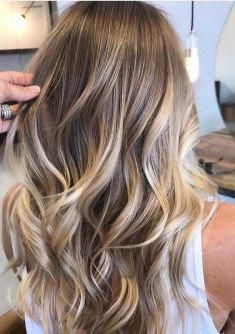
FAQs About Balayage
Can I Get Balayage if I Have Dark Hair?
Yes, balayage can be done on dark hair. In fact, it is often a fantastic option for brunettes who want to add dimension and lightness to their hair without going for a full bleaching process. Your colorist will work with your natural hair color to create a customized balayage that complements your skin tone and enhances your features. Balayage can be adapted to any hair color, making it a versatile choice for everyone.
How Long Does Balayage Last?
The longevity of balayage will depend on various factors, including your hair’s natural growth rate and how well you care for your color. On average, balayage can last anywhere from 3 to 6 months before a touch-up is needed. However, with proper aftercare and maintenance, you can extend the lifespan of your balayage. By using color-safe products, regularly conditioning your hair, and scheduling touch-up appointments as recommended, you can enjoy your balayage for an extended period.
Can I Style My Hair as Usual After Balayage?
Absolutely! One of the great things about balayage is that it doesn’t require any special styling techniques or limitations. You can style your hair as you normally would, whether that involves curling, straightening, or using other heat styling tools. Just be sure to use heat protectant products before applying any heat to your hair, as balayage, like any other color treatment, can make the hair more prone to damage. With proper care and protection, you can enjoy various hairstyles while flaunting your beautiful balayage.
Inspiration and Ideas for Balayage
Warm Tones
If you’re looking to add warmth and richness to your hair, warm tones for balayage are a fantastic choice. Think caramel, honey, or golden shades that create a beautiful contrast against darker hair colors. Warm-toned balayage can bring out your skin’s natural glow and create a sun-kissed effect that looks incredibly natural.
Cool Tones
For a more understated and sophisticated look, cool tones for balayage can be the perfect choice. Shades like ash blonde, platinum, or icy brunette create a chic and edgy aesthetic. Cool-toned balayage can also help neutralize any unwanted warmth in your natural hair color, resulting in a more balanced and polished appearance.
Bold Contrasts
If you’re feeling adventurous and want to make a statement, bold contrasts with balayage can be a fun and daring option. This involves choosing colors that differ significantly from your natural hair color, such as platinum against black or vibrant red against brown. Bold contrasts can create a striking and dramatic look, sure to turn heads wherever you go.
In conclusion, balayage is a hair coloring technique that offers many advantages over traditional highlights. It delivers a natural-looking, low-maintenance, and versatile result that can be tailored to suit individual preferences and hair types. By understanding the different balayage techniques, preparing for your appointment, and effectively communicating with your colorist, you can achieve the balayage of your dreams. Remember to take care of your balayage through proper aftercare and scheduled touch-ups to maintain its vibrancy and ensure a long-lasting and beautiful result. So, whether you’re seeking a subtle sun-kissed effect or a bold and statement-making look, balayage is the art of sun-kissed strands that can transform your hair and enhance your overall style.
Pastel Dreams: Achieving Soft And Subtle Hair Shades(Opens in a new browser tab)
Going Dark: Tips And Tricks For Dyeing Hair Darker Shades(Opens in a new browser tab)
Discover The Art Of Braiding With Stylish.ae: From Simple To Intricate(Opens in a new browser tab)

